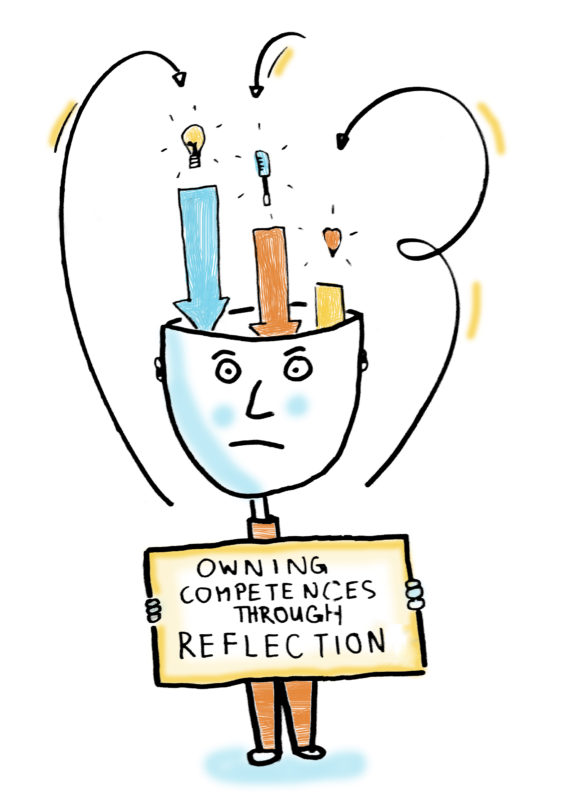What is PIGS?
 Each of the letters in PIGS describes what should be happening during cooperative learning. My class had the opportunity to learn about PIGS by completing a jigsaw activity. We all started with our base groups and assigned each other a letter from PIGS to become experts about. Then, the whole class split up into their expert groups to learn more about our topic so we could teach our base group. Once we got back into our groups, and taught them, we were all so much more knowledgeable about cooperative learning! Using the jigsaw activity is also a great cooperative learning technique.
Each of the letters in PIGS describes what should be happening during cooperative learning. My class had the opportunity to learn about PIGS by completing a jigsaw activity. We all started with our base groups and assigned each other a letter from PIGS to become experts about. Then, the whole class split up into their expert groups to learn more about our topic so we could teach our base group. Once we got back into our groups, and taught them, we were all so much more knowledgeable about cooperative learning! Using the jigsaw activity is also a great cooperative learning technique.For positive interdependence and individual accountability, we learned that students should all be engaged in the given task while also carrying out any individual duties. In relation to this part, students are being held accountable for their work and any other input into the project. I think a great way to ensure that students are participating and relieving any roles they may have been giving is by giving each student a checklist of what the should be completing. This would keep them all on task and up to speed where everyone else in their group is. It will also help them to work better as a group because they will all be on the same page and, most importantly, be learning!
Group Processing was the next step, and this is a critical part of cooperative learning. During group processing the students are reflecting on their peers presentations, how their peers worked within their groups, and how they did individually. During this part of cooperative learning, the students should really be able to understand the importance of their responsibilities and the things they are held accountable for in their project. If they see that their peers have given them feedback, and there are things that they need to work on, this allows them to do just that. Group Processing also correlates with social skills.
In cooperative learning, students must have social skills. In their groups, they need to be able to communicate, listen, share, wait for their turn, understanding other people's feelings and so much more.
There are many positive outcomes in using cooperative learning lessons with your students in your classroom, which include:
1. Higher student acheivement
2. Increased self - esteem
3. Greater enjoyment of school
4. Decreased absenteeism
5. Higher motivation to learn
6. Respect for students with different backgrounds.
If you plan on going to use a cooperative learning lesson in your classroom, there are also some things to take into consideration:
1. Group size (groups of 4 students work the best!)
2. Physical arrangement of the room
3. Duration of grouping
4. Selection of group members (based on academic skills, random, etc.)
5. Rotation of groups
6. What to do when a group completes a task when the rest of the class is still working?
 Also, before you hop into your cooperative learning lesson, students need to know what group work in cooperative learning is. You can do this by teaching the students each of the steps of PIGS and modelling to them what it is they should be doing. You can also inform the students that you will be observing the skills that you taught them (how well they listen, help each other, stay on task, etc.), and they will be sure to do their best group work. Finally, if you are assigning your students roles, try and give students these jobs based on their interests or something you think they might enjoy. This will help the student be more responsible and accountable for their job, and stay engaged in the lesson.
Also, before you hop into your cooperative learning lesson, students need to know what group work in cooperative learning is. You can do this by teaching the students each of the steps of PIGS and modelling to them what it is they should be doing. You can also inform the students that you will be observing the skills that you taught them (how well they listen, help each other, stay on task, etc.), and they will be sure to do their best group work. Finally, if you are assigning your students roles, try and give students these jobs based on their interests or something you think they might enjoy. This will help the student be more responsible and accountable for their job, and stay engaged in the lesson..

Comments
Post a Comment